5 Key Factors to Consider When Designing Your Retail Store’s Display Systems
Design store displays that engage customers using interactive elements and strategic layouts. Choose flexible, eco-friendly designs. Buy now!
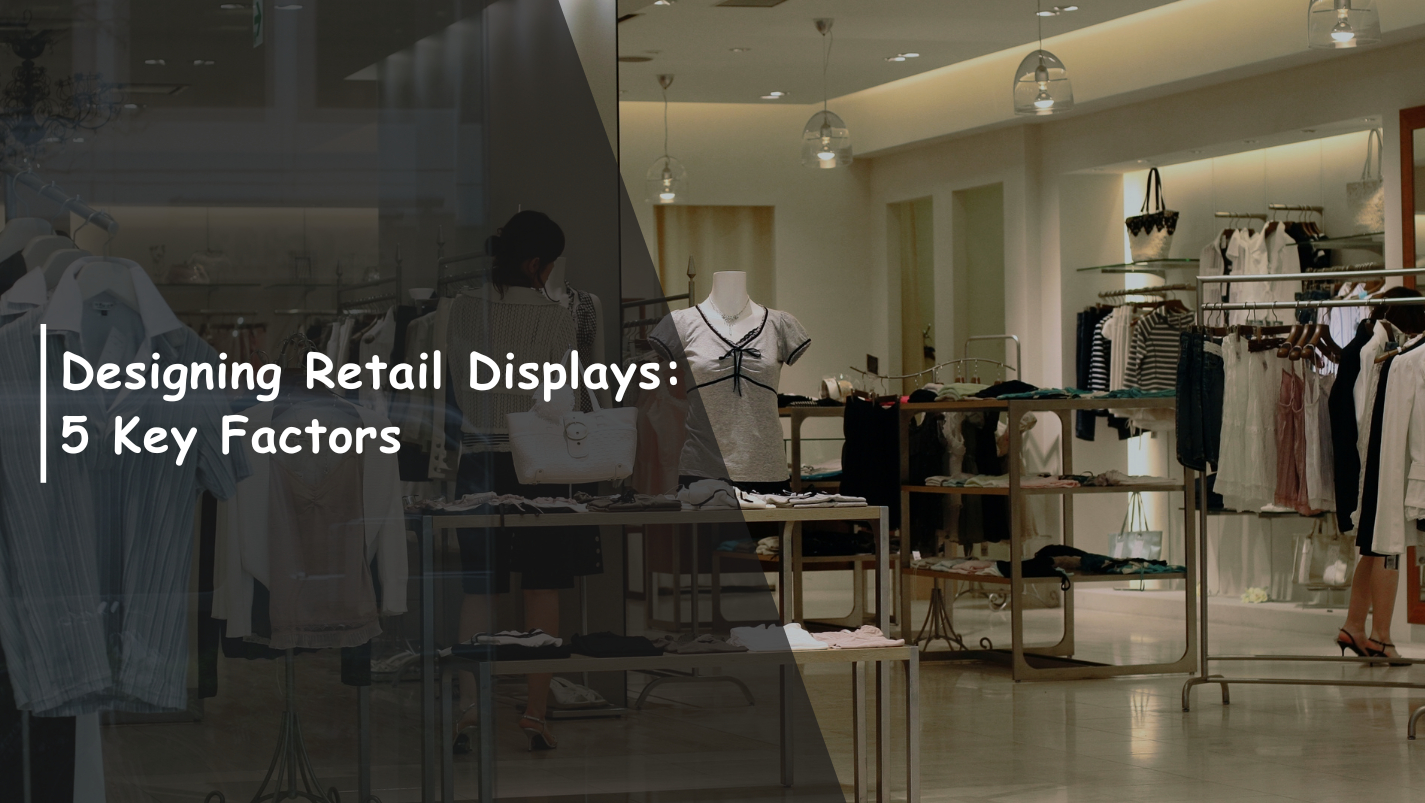
Design store displays that engage customers using interactive elements and strategic layouts. Choose flexible, eco-friendly designs. Buy now!

The design of your retail store’s display systems plays a crucial role in attracting and engaging customers. A well-thought-out store display design does more than just showcase products; it also enhances the overall shopping experience. It shapes the overall shopping experience and influences how customers interact with your brand.
A thoughtful store display design can help guide your customers through your space, highlight key products, and ultimately drive and maximise sales. Here are five key factors to consider when designing an effective store display system for your business.
Retail store display systems are the physical structures used to present and organize products in a retail environment. They are designed to improve the aesthetic appeal, functionality, and accessibility of the store.
These systems can influence customer behavior, making it easier for shoppers to navigate the store and find what they need, thereby enhancing the shopping experience and encouraging impulse buys.
Now that we've defined retail store display systems, let's explore the key factors that contribute to designing a display system that maximizes both functionality and customer engagement.
A well-designed store display goes beyond just showcasing products; it enhances the customer experience and drives sales. Below are key factors to consider when creating a display system that works for your store.
Effective product placement is essential to attract attention and guide customers through your store. Place high-demand or impulse-buy items in high-traffic areas like entrances or checkout zones to encourage immediate purchases. Group related products together to inspire cross-selling.
Example: Display outdoor gear like tents near sleeping bags or hiking boots to encourage customers to buy complementary products together.
Expanda Stand offers a range of customizable storage racks, including light-duty storage racks, long-span racks, and pallet racking systems, perfect for organizing and displaying products efficiently.
Also read: How to enhance your space with effective display racks
Lighting is one of the most impactful tools in creating the right shopping environment. Focused lighting can highlight key products, while ambient lighting sets the mood. It’s important to ensure your lighting is bright enough to showcase products without overwhelming customers.
Example: In a fashion store, use spotlights to highlight new arrivals or premium items, and softer lighting to create a warm, inviting atmosphere in fitting areas.
Also read: Modern Supermarket Racks That Transform Store Aisles
A well-planned store layout can significantly affect how customers move through your store and whether they make a purchase. A smooth flow allows customers to easily find what they need, while strategically placed displays help drive attention to specific products.
Example: Use wide aisles and place seasonal items near the entrance to direct customers toward new or promotional products without creating clutter.
Expanda Stands’ long-span racks and cantilever storage racks offer flexible solutions that improve organization and create a more open, inviting space, making it easier for customers to navigate your store.
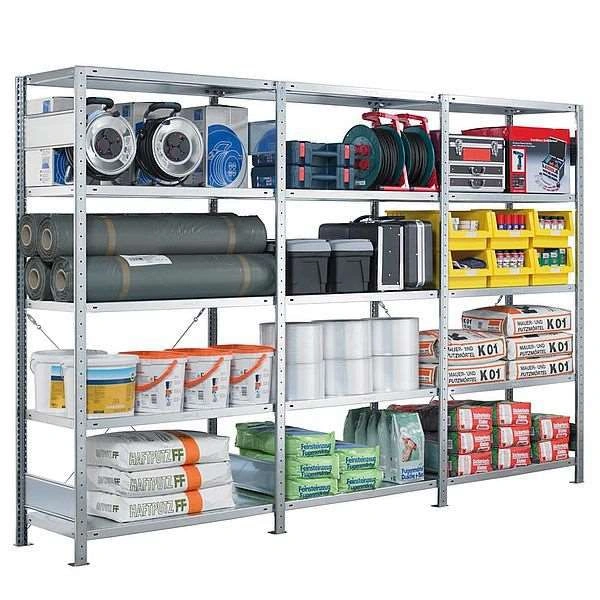
Also read: Right Rack for Shop: From Grocery to Garments
Your store display design should reflect your brand’s identity. Consistency in color schemes, materials, and fixtures is key to maintaining a professional and cohesive shopping experience. Every design element should align with the image you want to project, from the store’s aesthetics to its messaging.
Example: A luxury store may use polished wood shelves and gold accents to reflect an upscale image, while a modern tech store could opt for sleek, minimalist shelving and bright, clean lighting to highlight innovation.
Expanda Stand offers a wide range of racking systems like pallet racking systems, flow racking systems, and mezzanine floor racking, which can be customized to match your store’s aesthetic and functional needs while supporting your brand’s image.
The ultimate goal of any store display is to engage the customer. Interactive displays, clear signage, and even sensory elements like music or scent can make the store experience more memorable and engaging. Encouraging customers to interact with products creates a connection that increases the likelihood of purchase.
Example: In a tech store, let customers try out the gadgets before buying or offer virtual try-ons in fashion stores. These interactive elements can enhance the shopping experience and boost conversions.
Also read: Is a Steel Rack Worth It? Here’s What Experts Say!
The right display system does more than organise; it transforms your store’s layout and boosts product visibility. Expanda Stand offers specialised solutions to suit a wide range of retail formats.
Explore Expanda Stand’s full range of retail display solutions to find a setup that suits your store’s needs perfectly.
A great store display design is key to attracting customers and boosting sales. By focusing on product placement, lighting, customer flow, and consistent branding, you create an inviting, efficient space that drives engagement.
With the right display systems, your store will remain functional, fresh, and engaging. Expanda Stand offers customizable, high-quality solutions like light-duty racks, long-span racks, and pallet racking systems to help you optimize your store layout.
Ready to take your store to the next level? Contact us today and create a retail space that drives sales!
1. What is a store display?
A store display refers to the physical setup used to present products within a retail environment. These displays include racks, shelves, tables, mannequins, and bins; each designed to make merchandise visually appealing and accessible. A well-designed store display doesn’t just organise your products; it also improves customer navigation and increases the chances of purchase.
2. What is a store display called?
Store displays are often referred to as retail display systems or merchandising displays. These terms cover a wide range of solutions, from gondola shelving and garment racks to display tables and point-of-sale stands. Each display type serves a unique function but collectively contributes to a more engaging and sales-driven shopping experience.
3. How to design store displays?
Effective store display design starts with understanding your customer journey and product priorities. It’s important to highlight bestsellers or seasonal items using high-quality racks placed in high-traffic areas.
4. How to design a store layout?
Designing a store layout involves more than just placing shelves. Begin by mapping out a clear customer path that feels natural and uninterrupted. Use spacious aisles, well-placed focal points, and strategic display positioning to direct attention to featured products.
5. What are the four store layouts?
The most common store layouts are grid, loop, free-flow, and spine. A grid layout uses straight, structured aisles, ideal for supermarkets. The loop layout guides customers around the store in a circular flow, encouraging them to browse more.
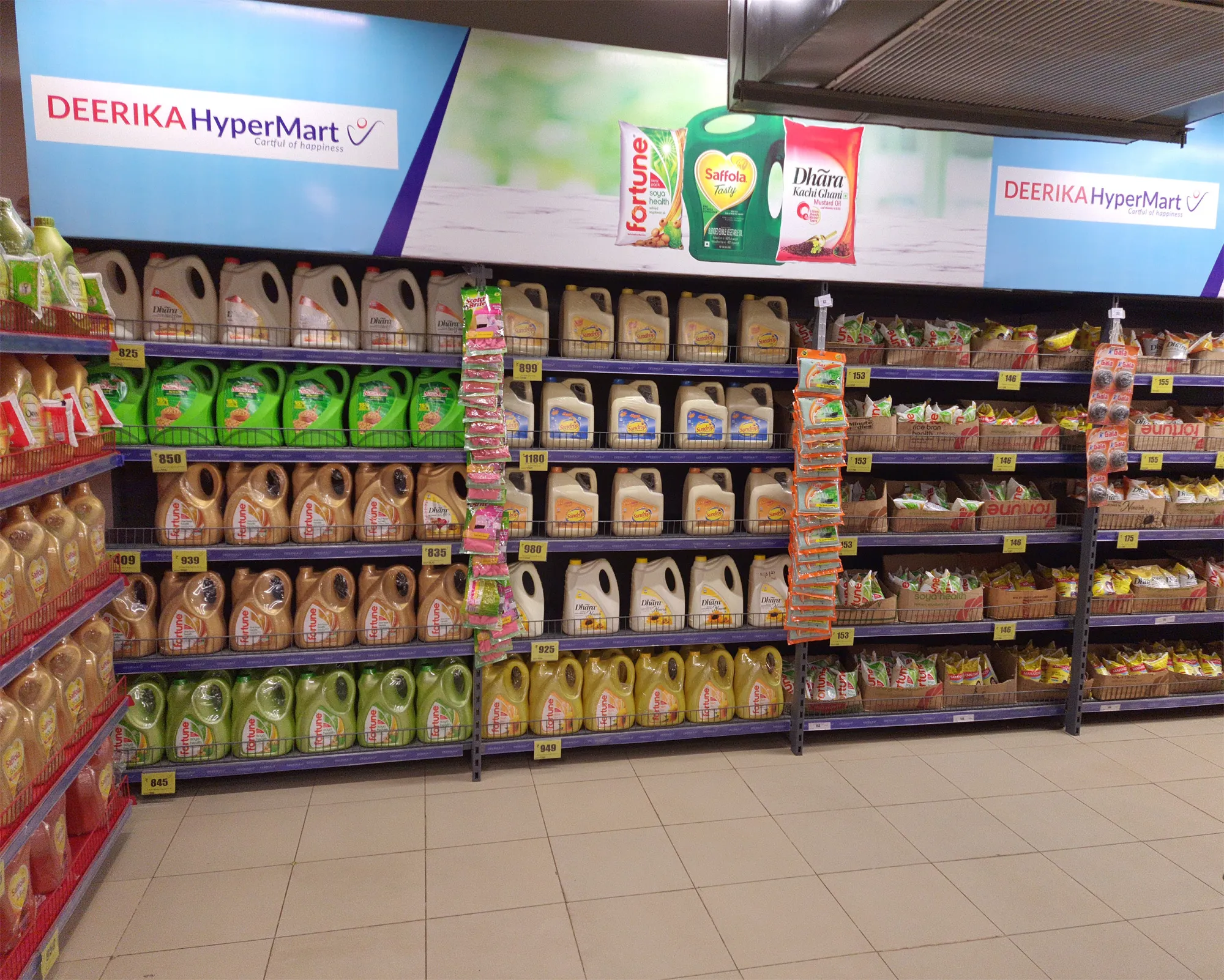
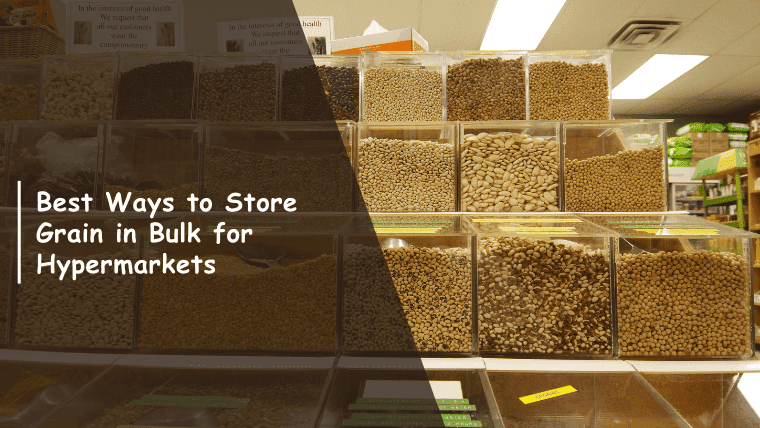
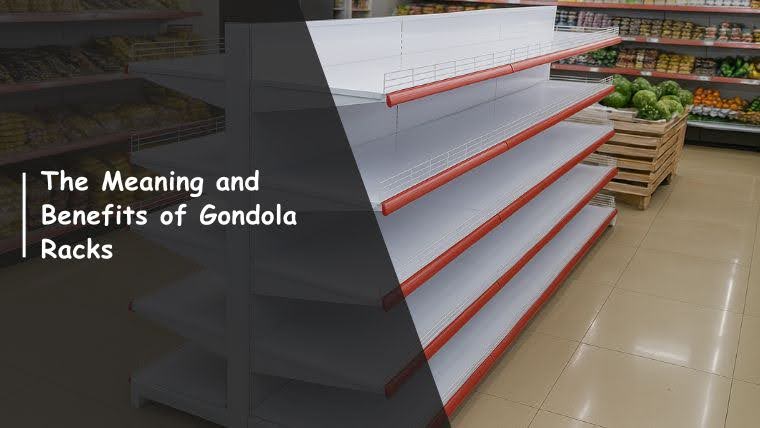
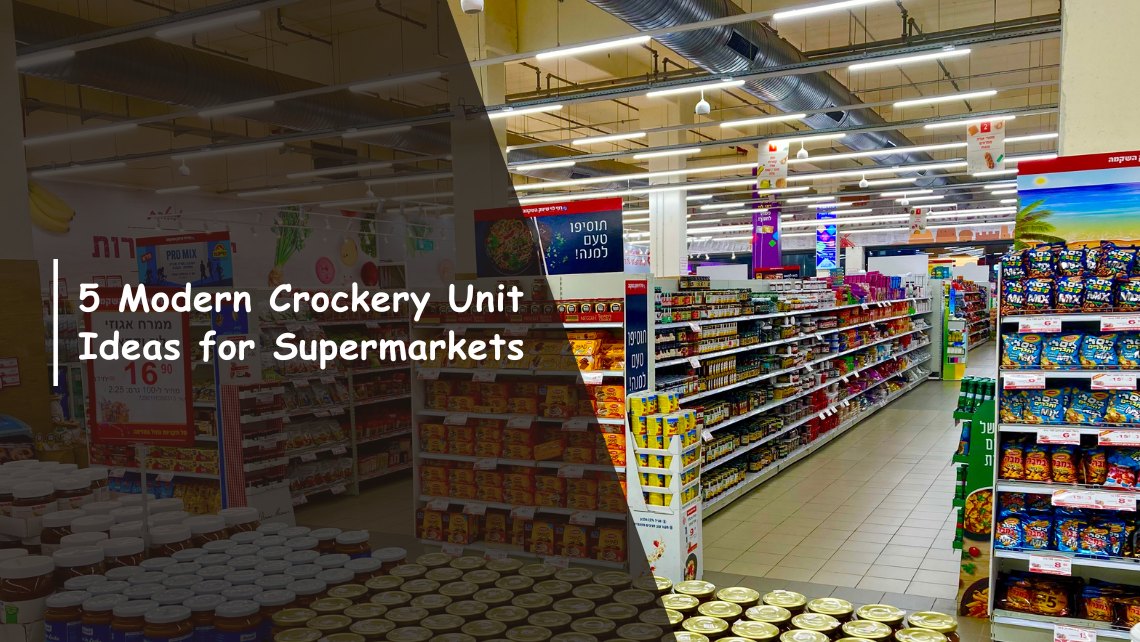
Ready to Upgrade Your Process Operations?